Africa’s living organisms make up an estimated 25% of global biodiversity.
The continent also supports the Earth’s largest intact assemblages of large mammals, according to a report released by the Convention on Biological Diversity.
If it’s nature and wildlife you’re after, this is where you’ll find it in abundance.
From South Africa’s Cape Floral Kingdom to the Serengeti in Tanzania, we highlight just a handful of Southern and East Africa’s biologically diverse destinations below.
The Cape Floral Kingdom
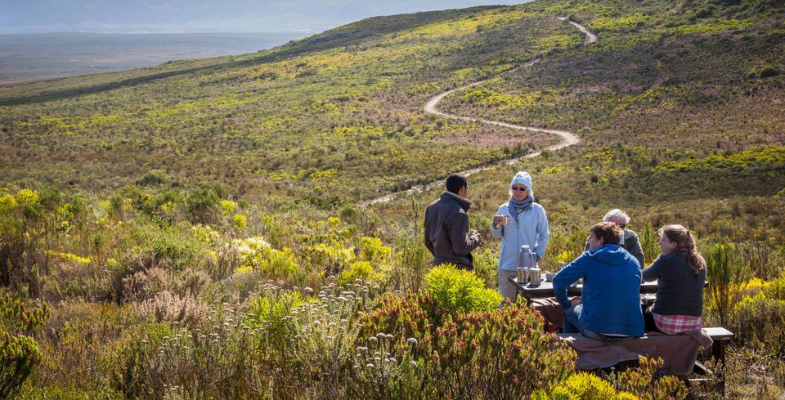
Where? The south-western coast of South Africa. This floristic region comprises 13 separate protected areas. It begins in Clanwilliam in the Western Cape and stretches an estimated 90,000 square kilometres (35,000 square miles) to the Eastern Cape’s Gqeberha (Port Elizabeth).
Why? The Cape Floral Kingdom is one of the world’s six floral kingdoms (and the smallest), with over 9,000 plant species, 70% of which are found nowhere else on Earth. It’s included on the UNESCO World Heritage list and is especially well-known for its distinctive fynbos vegetation – which often appears in the wine and food on offer at estates and restaurants across the region.
When? It’s a year-round destination. That said, the most notable flowering season is from July to October.
Other reasons to visit: Since this region is so extensive, you can fill up an entire holiday itinerary by simply striving to visit all 13 protected areas (or as many as you can manage!).
For example, the Cederberg Wilderness Area is one of the best-known areas, just a two-and-a-half-hour drive from Cape Town. Here, you can hike to your heart’s content to track down the ultra-rare Clanwilliam cedar tree.
The Baviaanskloof Complex is another region not to miss. It’s one of the most biodiverse areas in southern Africa, exhibiting seven of eight South African biomes.
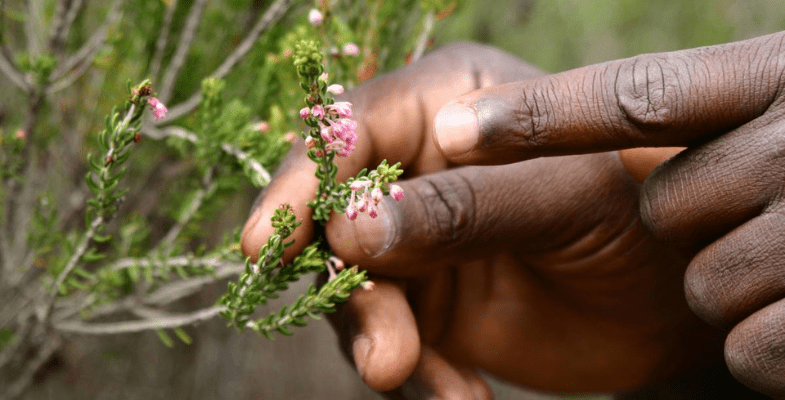
Expert tip: Head to the Tasting Shed at Bartinney wine farm in Stellenbosch to sample the Cape Floral Kingdom’s fynbos in the form of a Wine & Fynbos experience. You’re in for a multi-sensory encounter where you’ll savour three estate wines alongside a spread of native fynbos harvested from the farm grounds.
The Okavango Delta
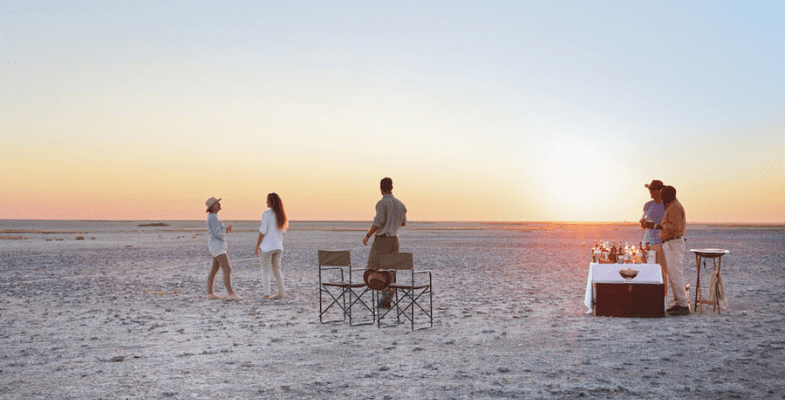
Where? The Kalahari Basin in north-western Botswana.
Why? The Okavango Delta is an oasis of biodiversity, comprising over 1,000 species of plants, more than 480 species of birds, 130 species of mammals and various species of fish and reptiles.
When? The floodwaters peak from July to October – a great time for wildlife viewing. The ‘Green Season,’ from November to March, is low season but absolutely beautiful – and the ultimate time for photographers to visit Botswana.
Other reasons to visit: Boat cruises and catch-and-release fishing safaris are popular options when visiting the Okavango Delta. If you’re lucky, you could reel in an impressive-sized catfish, an African pike, or the most sought-after catch: a tigerfish.
Of course, classic game drives and walking safaris are part and parcel of a holiday in the Okavango Delta region.
Are you interested in seeing these expansive waters from a unique perspective? Spoil yourself and your loved ones with a scenic helicopter flight – a guaranteed highlight.
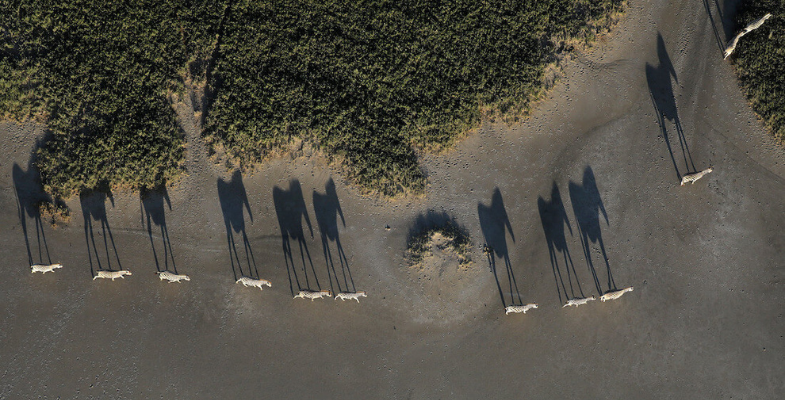
Expert tip: One of the best ways to explore the Delta is on board a traditional mokoro, essentially a dug-out canoe. The mokoro glides quietly through the winding waterways, allowing you to savour all the blissful sounds of the surrounding wildlife and get as close to the birds and animals as possible without frightening them away. Many of the Okavango Delta’s leading camps and lodges offer guided mokoro safaris as an optional extra.
The Serengeti
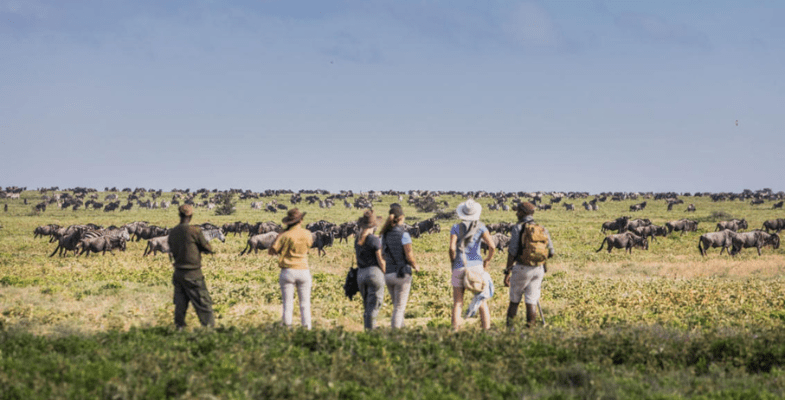
Where? The Serengeti is in northern Tanzania and extends to south-western Kenya.
Why? The Serengeti National Park, within the broader Serengeti, is home to four globally threatened or endangered animal species: the African elephant, black rhinoceros, wild dog, and cheetah.
The region protects many habitats, such as evergreen riverine forests, kopjes and deciduous woodlands, and houses the highest concentration of large mammals worldwide.
Of course, it’s also where part of the world’s largest animal migration – The Great Migration – takes place.
When? Take your front-row seats in the Serengeti’s Western Corridor between July and September to watch the ‘Greatest Show on Earth’ play out. Team GILTEDGE is here to help set you up in the right place at the right time.
Other reasons to visit: Whether or not you’re in the Serengeti for the Great Migration, it’s always a fantastic spot for game viewing.
Hot air balloon safaris promise breathtaking views of the sprawling plains.
You’ll also want to add Retina Hippo Pool to your itinerary to spend some time with hundreds of sun-bathing hippos (from a distance, of course!).
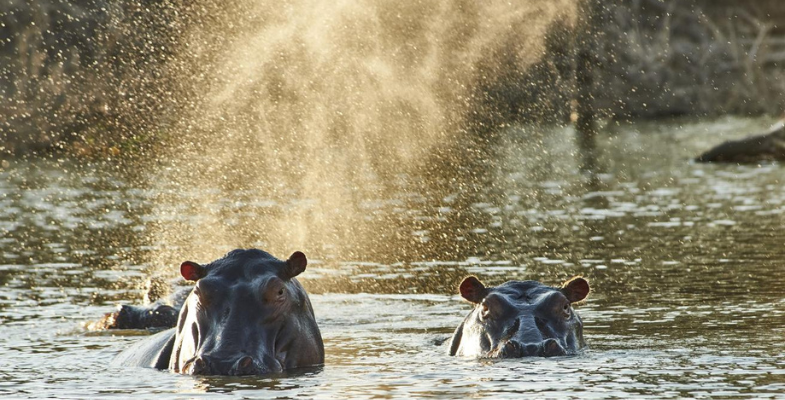
Expert tip: Make sure you don’t miss anything notable during your holiday in the Serengeti by booking one of our tours. Team GILTEDGE has plenty to choose from. Our 12-day Exclusive East Africa Safari tour is top-rated amongst travellers seeking a combo vacation, covering Tanzania and Kenya’s best reserves and conservation areas.
The Virunga Mountains

Where? This volcanic mountain range is in east-central Africa, extending about 80 kilometres (50 miles) along the borders of the Democratic Republic of the Congo, Rwanda, and Uganda.
Why? The Virunga Mountains are where you’ll find the critically endangered mountain gorilla (half of the global population), the golden monkey and various endemic bird species, such as the Rwenzori Turaco.
Unsurprisingly, gorilla trekking is the ultimate highlight for visitors exploring this destination.
When? It’s much easier to trek for gorillas during the region’s dry season, from July to September. This is also the time of year when the gorillas move down to slightly lower altitudes in search of water.
Other reasons to visit: Hiking Nyiragongo is on many outdoor enthusiasts’ travel bucket lists. This active volcano is in the heart of the Virunga National Park, where you’ll find the world’s largest lava lake.
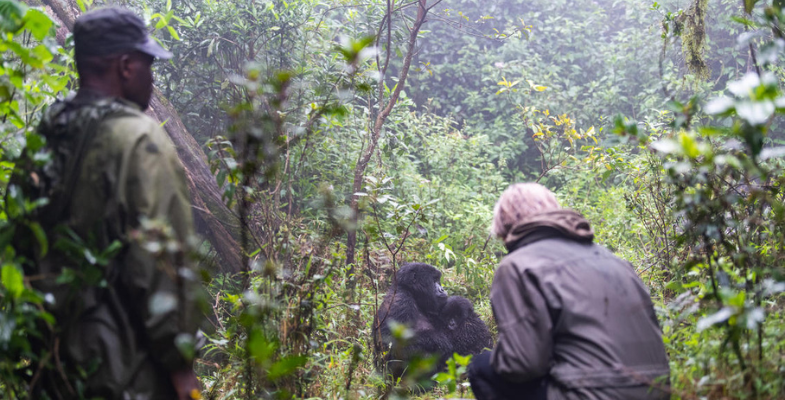
Expert tip: It’s a good idea to improve your fitness levels before your vacation, especially if gorilla trekking is on the agenda. The gorillas live in high-altitude areas, which means reduced air pressure and receiving less oxygen than you would at sea level. You’ll also often be hiking on steep terrain and through dense foliage, sometimes for hours. Travellers who hike regularly shouldn’t have a problem – provided they wear supportive footwear. However, if you’re a self-proclaimed ‘couch potato’, now’s a good time to start increasing your daily activity to ensure you don’t miss out on this life-changing experience.
Also, remember to organise your trekking permit ahead of time. Of course, if you’re travelling with GILTEDGE, we’re here to handle this formality on your behalf.
The Kavango-Zambezi Transfrontier Conservation Area (KAZA TFCA)
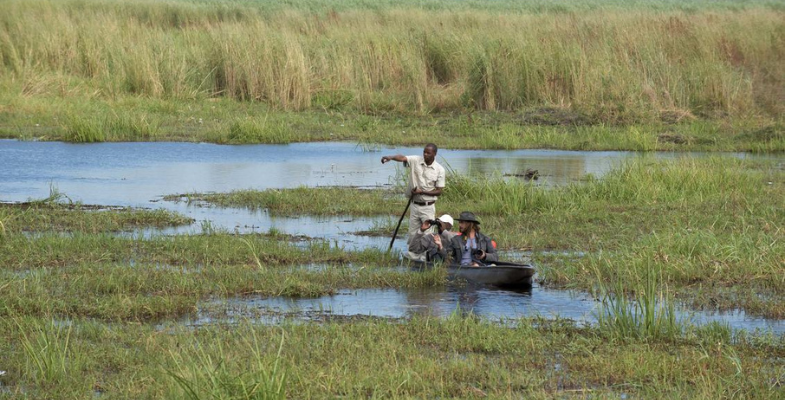
Where? The KAZA TFCA stretches across Angola, Botswana, Namibia, Zambia, and Zimbabwe, in the basins of the Kavango and Zambezi rivers.
Why? Covering over 520,000 square kilometres, the KAZA TFCA supports an array of ecosystems and is one of the largest conservation areas in the world (it’s nearly double the size of the United Kingdom!).
The region is home to over 3,000 species of plants, 600 species of birds, 114 species of reptiles, 88 species of fish, and 147 species of mammals, including the black rhino, sable antelope, and African wild dog.
You’ll also find various important river systems, such as the Zambezi, Chobe, Kavango, and Linyanti Rivers.
When? As always, game viewing is at its best during the dry season, from June to October. However, the ‘Green Season,’ from December to April, promises reduced rates, world-class birdwatching opportunities, and gorgeous landscapes.
Other reasons to visit: The area is chockfull of iconic national parks and reserves, all crawling with wildlife just waiting to be discovered. A few of the most popular include Chobe National Park, Kafue National Park, and Hwange National Park.
The region also encompasses the legendary Victoria Falls, one of the ‘Seven Wonders of the World’. This mighty waterfall straddles the border between Zambia and Zimbabwe. It offers many once-in-a-lifetime activities, like bungee jumping off the Victoria Falls Bridge and taking a daring dip in Devil’s Pool, a natural pool teetering at the top of the falls.
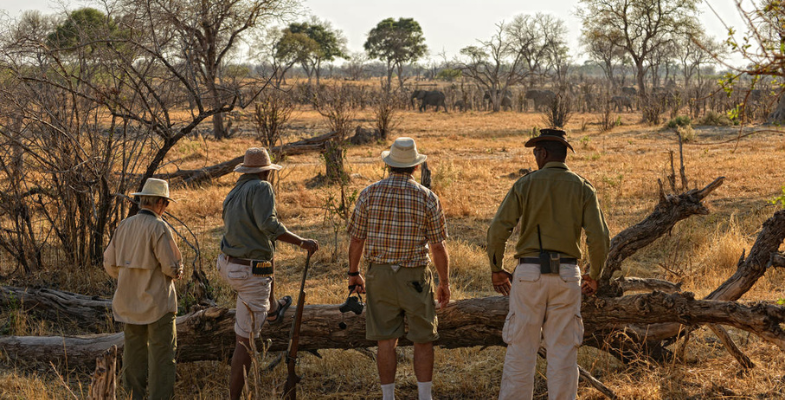
Expert tip: You must be willing to move around to make the most of a visit to the KAZA TFCA. It’s a fantastic opportunity to plan a combo vacation and ensure you see plenty of Africa’s most famous sights, from the Okavango Delta to Victoria Falls, all in one go. As such, taking a significant chunk of leave and embarking on a getaway spanning at least 12 days is worthwhile. Our ‘An African Journey through a Photographer’s Lens’ tour is a top choice for optimising a vacation in the KAZA TFCA.
It’s your chance to live your unique African dream. Team GILTEDGE is here to tailor your trip accordingly, down to every last detail.
Contact us today to get started.
